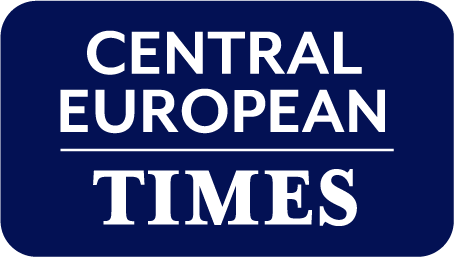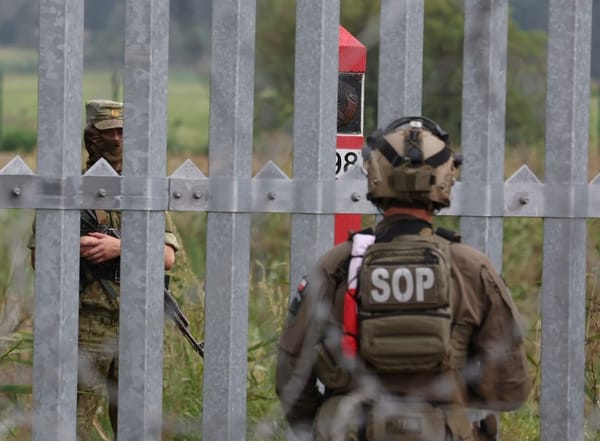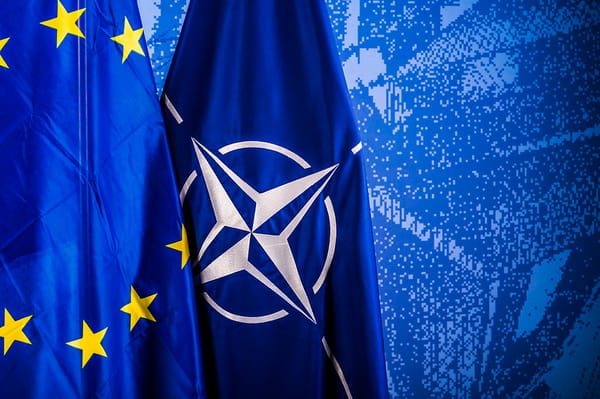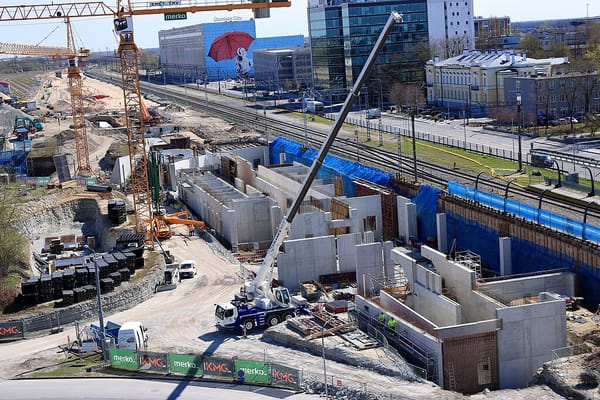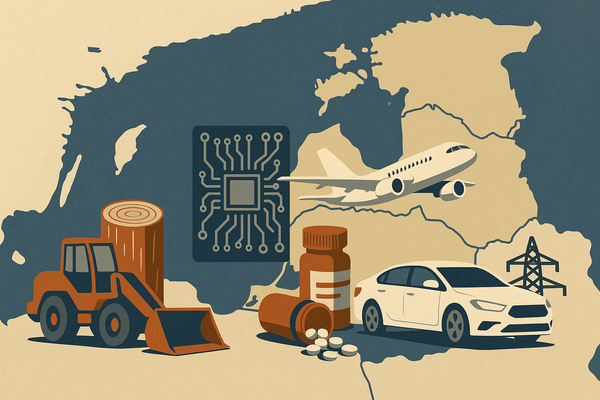
Poland, Baltics plan EU-backed AI infrastructure hub
The Polish Digital Affairs Ministry submitted a joint application on 20 June jointly with Estonia, Latvia and Lithuania to build a distributed AI infrastructure platform in Poland, backed by EUR 3bn in public-private financing.
The group seeks co-financing under the European Commission’s InvestAI programme, which supports AI data centres and regional computing hubs.
The announcement builds on recent regional collaborations, including Estonia’s open-source “Toukek” project and Poland’s locally trained language model “PLLuM.”
The application will be reviewed by the European Commission and the European Investment Bank and a formal MoU is expected to be signed at the Digital Europe Forum in Vilnius, south-east Lithuania, in September.
The proposal envisions a network of high-performance AI nodes located across Poland and the Baltic states, with core facilities in Gdansk, north Poland, and Poznan, west Poland. The project aims to support regional generative AI applications, low-latency public service deployments and secure language model development in Polish, Estonian, Latvian and Lithuanian.
EU funding and private co-investment
The total investment package is valued at EUR 3bn, with 35% expected from public funding via InvestAI and national contributions, and the remaining 65% from private capital. Private partners include Orange Polska, Allegro, CloudFerro and Estonia-based Skeleton Technologies.
The Polish Digital Affairs Ministry confirmed that applications were submitted as part of the EU’s call for AI factory consortia, launched on 10 February under the InvestAI framework. Poland’s submission includes national AI centres in Warsaw, Wroclaw, Gdansk and Poznan, with digital integration links to Tallinn, Riga and Vilnius.
Regional coordination and strategic positioning
The Estonian Economic Affairs and Communications Ministry, the Latvian Investment and Development Agency and the Lithuanian Ministry of the Economy and Innovation have each pledged to co-host nodes and coordinate software localisation. The facilities will be designed to operate on renewable energy and support sovereign data management in compliance with the EU’s AI Act.
Speaking on 20 June, Polish Deputy Digital Affairs Minister Dariusz Standerski said the initiative reflects “a joint commitment to high-performance AI infrastructure, regional language capacity, and democratic control of foundational models”.
Geopolitical and economic drivers
The proposal positions Central and Eastern Europe (CEE) as a potential testing ground for federated public-sector AI aligned with EU regulatory frameworks. National ministries said the initiative aims to reduce dependence on US and Chinese cloud infrastructure, while enabling regional developers to fine-tune models on secure datasets.

The InvestAI programme, presented by the European Commission president Ursula von der Leyen in September 2024, earmarked EUR 20bn in pooled public and private funding for AI gigafactory infrastructure, to be distributed over four years. The Polish-Baltic consortium is one of the first regionally coordinated bids submitted under the framework.
CEE eyes regional computing cluster
EuroHPC JU previously awarded funding to national-level AI Factories in Slovenia, France, Austria, Germany and Bulgaria. Poland is now seeking to anchor a regional cluster model combining shared compute capacity, data storage, model alignment tools and green cloud architecture.
